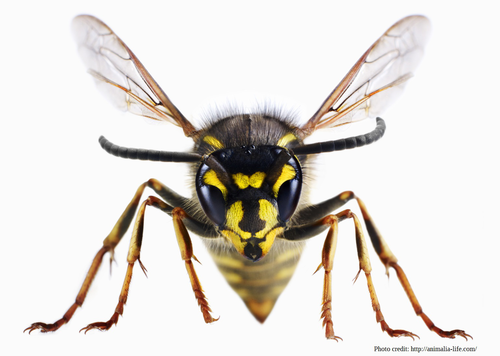
Objectives: Much of our knowledge of biodiversity is based on citizen-science efforts. For instance, more than 80 % of the 430 million biodiversity occurrence records that are available from the Global Biodiversity Information Facility (http://gbif.org) are from citizen scientists. Unfortunately, citizen scientists tend to focus on a few organism groups, leading to extreme biases in the taxonomic coverage and poor representation of the big four in citizen-science data, mainly due to the lack of easily accessible identification tools.
The project is to explore the utility of automated image recognition systems and citizen-science contributions in facilitating taxonomic research. Based on cutting-edge image recognition technology, an image-based identification tool for citizen scientists, amateur entomologists and scientists will be produced. The tool will be focused on a common and diverse but poorly known insect group, the parasitic-wasp family Ichneumonidae (the most diverse family with estimates up to 100 000 species). Specifically, we will apply image-analysis systems based on convoluted neural networks that mimic the way the human eye and brain process visual information. A trained network of this kind will be the basis for a smartphone app and web platform, which will be used to elicit help from citizen scientists in reporting findings, and sending in interesting material for analysis of a suitable subgroup of the Ichneumonidae.
Expected Results: 1) To explore the utility of automated image recognition systems on automated taxon identification 2) A study of the potential of citizen science in charting poorly known groups of the big four 3) A marketable mobile app for citizen scientists based on open linked biodiversity data.
Researching student: Miroslav Valan

